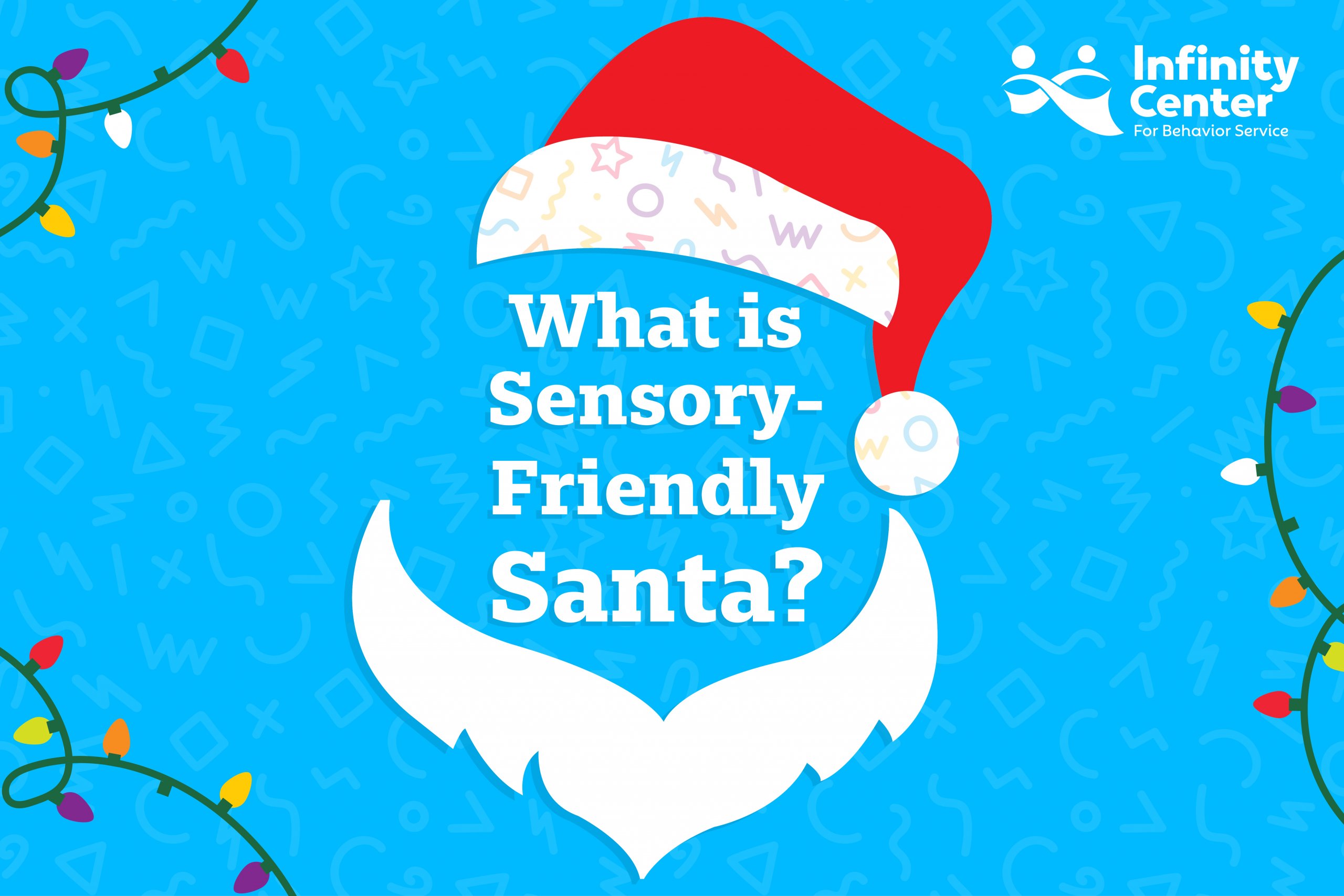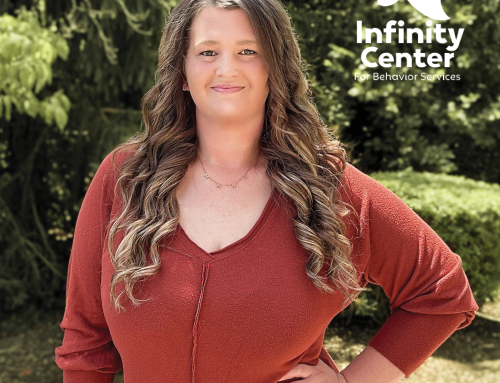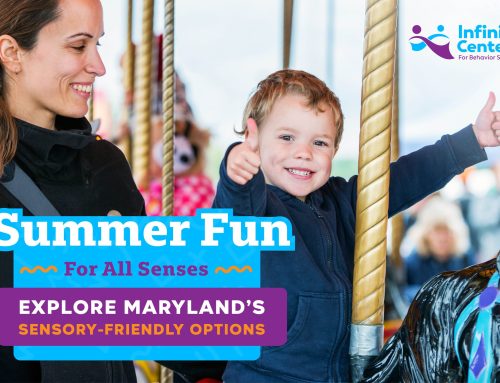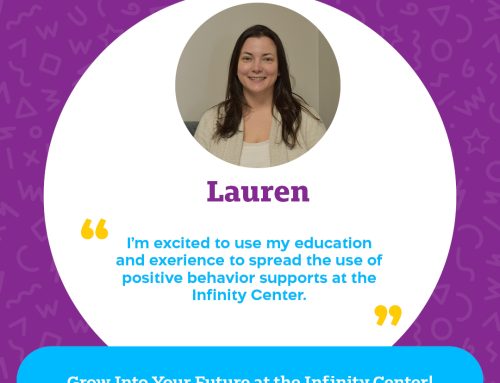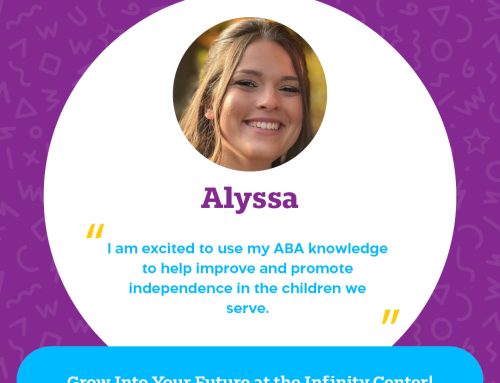What Does Sensory-Friendly Mean?
With a growing movement towards autism awareness and acceptance, an increasing number of businesses are offering their events and services with sensory-friendly accommodations.
When a space or event is sensory-friendly, it has been deliberately designed to consider sensitivities. This way individuals with autism or others who are sensitive to a lot of activity can comfortably partake in the same activities as their neurotypical peers.
Sensory-friendly environments should take into account all of the senses:
- Sight – Having a space with serenity in mind, that doesn’t expose attendees to sudden changes in light. The space focuses on moderation, and calming color schemes.
- Touch – Specific sensory objects and toys designed to stimulate attendees’ sense of touch and provide a way for people to keep their hands busy.
- Taste – Food items have detailed descriptions of ingredients and taste, with several options available.
- Hearing – Attendees aren’t exposed to loud and sudden noises, and the general volume never gets too high or low.
- Smell – The space is not heavily scented with air fresheners, and mixed odors are kept at a minimum.
Our holiday party takes place in a sensory-friendly environment. Free of long lines and things that are bothersome to a single sense, or the senses combined. Photos with Santa will be much calmer than the mall experience. Our Board-Certified Behavior Analysts will be available to answer questions and provide support.
Santa will be onsite from 4:30 – 6:30 p.m. No sign-ups required for this free event. Bring your camera. We hope to see you at one of our locations!
Carroll County
Tuesday, Dec. 13 from 4 – 7 p.m.
6505 Ridenour Way
Eldersburg, MD 21784
Harford County
Thursday, Dec. 15 from 4 – 7 p.m.
1200 Creamery Ln
Belcamp, MD 21017


